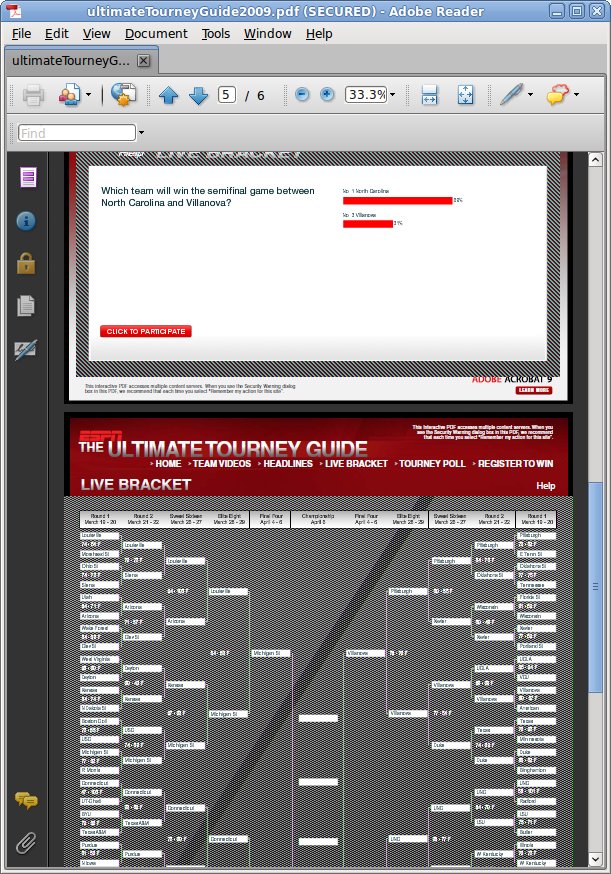The two major trends transforming software right now are Rich Internet Applications (RIAs) and Cloud Computing / Software as a Service (SaaS or PaaS). These trends are driven by two needs:
<img src="http://www.jamesward.com/blog/wp-content/uploads/2009/10/RIA.png" alt="RIA" title="RIA" width="600" height="370" class="alignnone size-full wp-image-1272" srcset="https://www.jamesward.com/uploads/2009/10/RIA.png 600w, https://www.jamesward.com/uploads/2009/10/RIA-300x185.png 300w" sizes="(max-width: 600px) 100vw, 600px" />
In line with these trends Adobe and Salesforce.com [announced today][1] that they are working together to unite Rich Internet Applications and The Cloud. At the core of this announcement is a developer preview of the [Adobe Flash Builder for Force.com][2] tool. This tool enables developers to easily build intuitive user interfaces with Flex which connect to the Force.com cloud platform and Salesforce.com CRM data. These applications can be deployed either in the browser or on the desktop using Adobe AIR. When utilizing Adobe AIR, the applications can still function when users are disconnected. Later, when users reconnect, the changes are synchronized with Force.com using the LiveCycle Data Services synchronization engine.
Being able to connect Flex applications to Salesforce.com / Force.com has been possible (and easy) since I co-created what was originally called the [Flex Toolkit for Apex][3]. So while it has been possible to build Rich Cloud Applications for a few years, today's announcement is significant for a few reasons:
* Adobe and Salesforce are now officially partnered together around Rich Cloud Applications
* Much better, officially supported developer tooling
* Much better offline data synchronization
It's really exciting to see how the vision of Rich Cloud Applications is becoming reality!
If you'd like to learn more or try out the new tooling check out these resources:
* [Get the developer preview and watch video demos][2]
* [Get inspired and see how it works][4]
* [Watch a video walk-through][5]
Another great way to learn more is to sign up for a [Webinar / Tech Talk][6] that I will be co-presenting.
Let me know what you think about this exciting new partnership and developer tooling.
